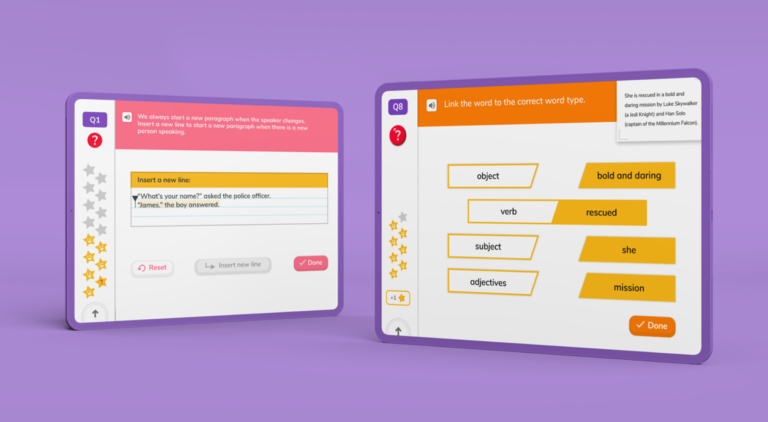

A phonics scheme is a structured order in which phonics are taught in school. Learn about the six phonics phases outlined in the Department of Education’s phonics learning programme.

Author
Lucy Hart
Updated
June 2024


A phonics scheme is a structured order in which phonics are taught in school. Learn about the six phonics phases outlined in the Department of Education’s phonics learning programme.

Author
Lucy Hart
Updated
June 2024


A phonics scheme is a structured order in which phonics are taught in school. Learn about the six phonics phases outlined in the Department of Education’s phonics learning programme.

Author
Lucy Hart
Updated
June 2024


Key takeaways
Phonics are usually separated and taught in chunks called ‘phases’. Primary schools can follow different phonics schemes, which differ slightly in the order of when sounds are taught.
For the guide below, we’ve used the Department for Education’s Letters and Sounds scheme. Using this, we’ll explain what this scheme is and what your child will learn in each phase. So, do you have your phonics glossary handy? Then let’s go!
Phase 1 provides children with the opportunity to listen, experiment and discuss sounds. In this phase, children will cover seven aspects:
In Phase 2, children will learn 19 single letter grapheme-phoneme correspondences (GPCs) e.g. s, a, t and p and a few two-letter GPCs (digraphs), e.g. ck and ff.
By the end of the phase, they should be able to read (blend) and spell (segment) some VC (vowel-consonant) and CVC (consonant-vowel-consonant) words. Additionally, they’ll learn some tricky words, e.g. the, no, go and to.
Unlock unlimited phonics practice!
Put your skills to the test with fun exercises + learning games that are proven to boost ability!
Learn phonics with DoodleEnglish! Filled with thousands of reading, grammar, spelling, and punctuation exercises aligned to the English national curriculum, 5 minutes of practice a day can improve reading and comprehension skills!


Phase 3 phonics teaches children all of the other GPCs (most of them being digraphs) and continue to practise blending and segmenting of CVC words with the aim to blend and segment two-syllable words and captions.
They also learn letter names and more tricky words, e.g. he, she, we and me.
In Phase 4, no new GPCs are taught. Instead, children learn to read and spell words with adjacent consonants, e.g. clown and step. Remember, adjacent consonants are different from digraphs!
New GPCs are introduced in Phase 5. Children will learn that graphemes can be pronounced in different ways e.g. cat and cent and that phonemes can be represented by more than one grapheme, e.g. the /ai/ phoneme can be written as ay, a-e, eigh, ey, or ei.
In Phase 6, children become fluent readers and accurate spellers. Children cover many areas:
For more phonics fun, download the DoodleEnglish app to enjoy interactive exercises and educational games covering grammar, spelling, and punctuation!
Book a chat with our team
If you’d like to use Doodle’s browser version, please visit this page on a desktop.
To log in to Doodle on this device, you can do so through our apps. You can find out how to download them here: